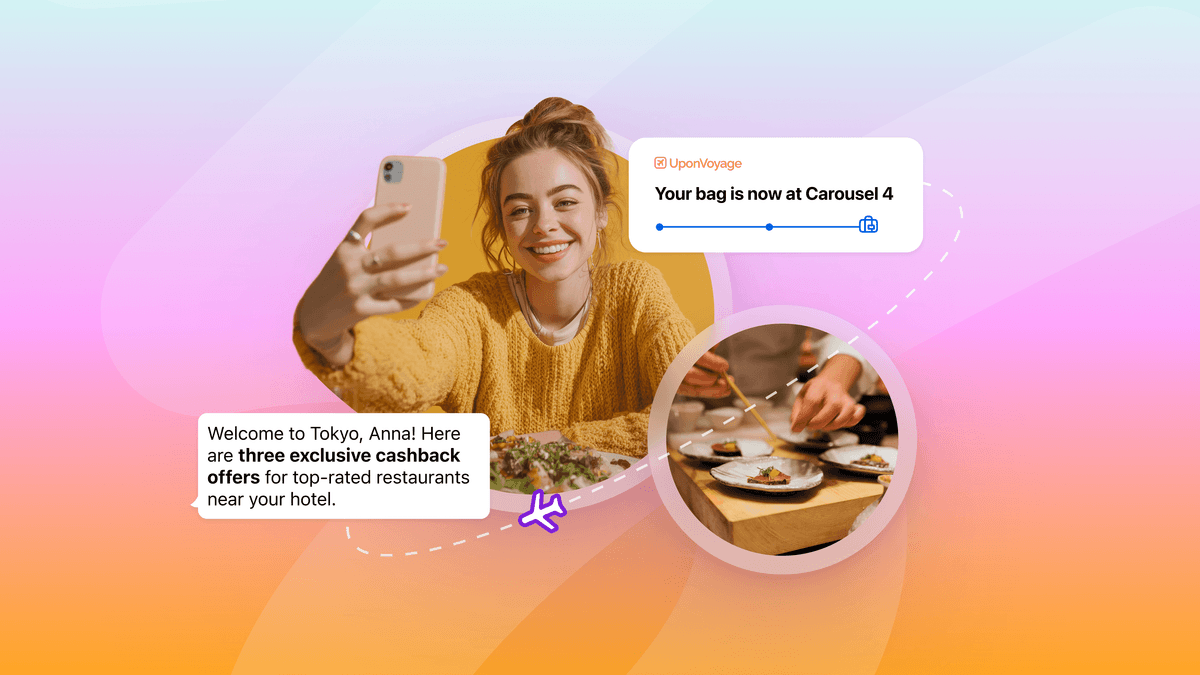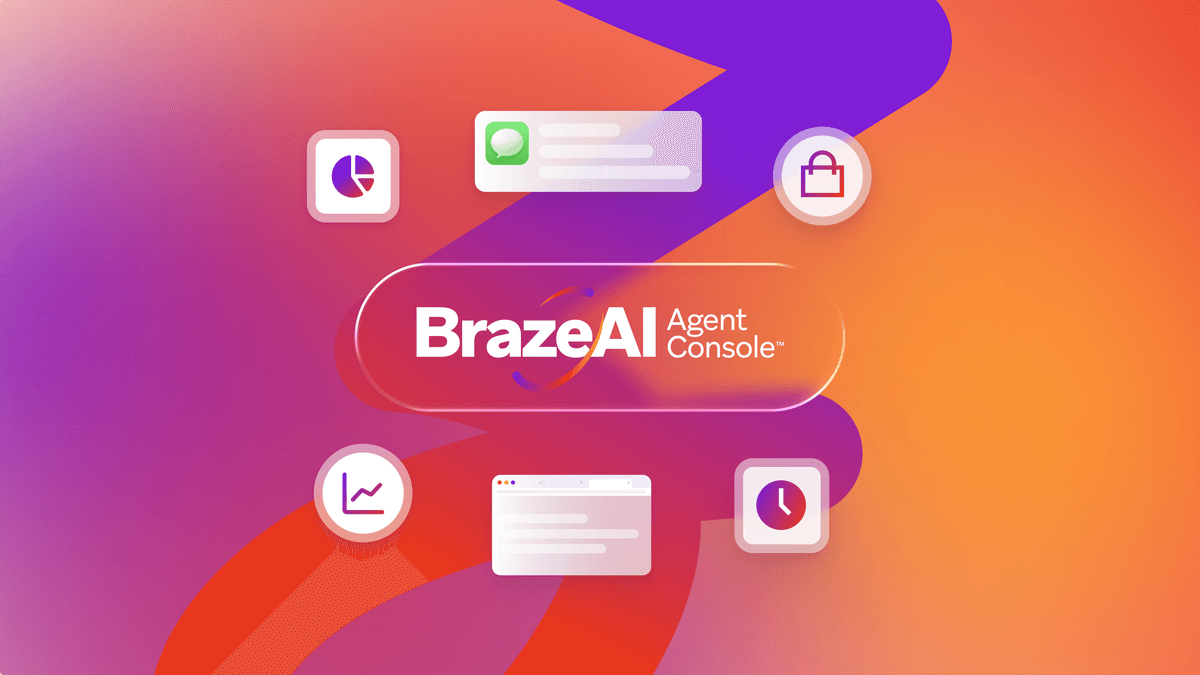Key Customer Engagement Principles for On-Demand and Delivery Brands in Southeast Asia
Published on November 09, 2022/Last edited on November 09, 2022/6 min read


Ranya Arora
Strategic Business Consultant II, Braze, BrazeFor consumers utilizing food and grocery delivery services, the convenience and ease of use associated with these brands has reached unprecedented levels. The COVID-19 pandemic integrated these services into everyday life for people across the world, and Southeast Asia has been no exception.
Since the onset of the pandemic, the industry witnessed a persistent growth across all metrics: Numbers of new customers, order volume, order frequency, etc. As we settle into this “new normal” world, some habits will fade, but some are here to stay. In fact, the on-demand food delivery market gross merchandise value in Southeast Asia is expected to reach a whopping US$49.7 billion by 2030 (more than triple that of 2021), growing at a compound annual growth rate of 14.1%.
With all this adoption and growth, the main question that brands within the on-demand food and delivery space are facing is: How can we prepare for (and take advantage of) growth in the industry while still maintaining our competitive position? So let’s take a look at the key dynamics facing brands in this space and how they can keep up with the evolving landscape.
A shift in marketing strategy
The pandemic has created an enormous new customer base for delivery services, and now the challenge for on-demand food and grocery brands is to find effective ways to retain those customers and earn their long-term loyalty. With consumers spoiled for choice in this vertical, how can individual companies ensure that users keep coming back to them, instead of chasing the next best deal?
Ultimately, the landscape is changing, and so must the marketing. As the macroeconomic environment evolves and these companies push to achieve profitability, there’s a notable shift toward retention instead of acquisition. Historically, companies spent a lot of money to acquire new customers via irresistible incentives, only to find themselves spending even more money to keep them incentivized to make future orders.
It’s obvious that such tactics, while effective in the short term, are not sustainable. As companies tighten budgets, users are feeling the pinch—they’re accustomed to enjoying deals and discounts from a variety of apps competing for their attention, and that dynamic is beginning to shift in ways that may not be comfortable for them. To hold onto customers, brands in the space need to find ways to keep engaging them, driving orders, and building long-term loyalty, all while optimizing their spends.
Accordingly, a strong customer engagement strategy that weaves together data with creativity is more important now than ever. To meet these needs, marketing teams need to take a step back from focusing exclusively on short-term and tactical campaigns and ensure that they’re communicating a value proposition that speaks to their users. Setting oneself apart in a saturated market is a major challenge in business, but along with providing an outstanding user experience, solid strategic marketing is one key method of gaining the upper hand.
Understanding your customers at a deeper level
Before you can leverage data to provide your customers with exceptional user experiences, you need to make sure that you have the right data on hand. But while getting the insights you need about your customers takes thought and care, it doesn’t necessarily have to be a complex, arduous process. The easiest way, in fact, to gather this kind of information on your audience is just to ask them directly.
In recent years, brands have discovered that collecting, analyzing, and utilizing zero-party data can help uncover what exactly your customers like and dislike, supporting a better understanding of each individual user and making it easier to hyper-personalize each experience you deliver across channels. You can easily gather this kind of information using surveys powered by in-app/in-browser messages, interactive messages sent via AMP for email, and other communication channels, then take the learnings and use them to send more impactful messages in these and other channels going forward.
Real time is money
The rise of mobile and the shift toward digital experiences has taken timely messaging from nice-to-have to essential, putting pressure on marketers to keep up. Capturing consumer attention for on-demand brands is increasingly challenging, and the only way to do it successfully in a consistent way is by being both relevant and timely with your messaging.
To make that happen, brands in this space should lean into existing tools and tactics that can support tailored, in-the-moment communications, including:
- Dynamic segmentation: Instead of creating static lists of users that quickly fall out of date, take advantage of dynamic segmentations to automatically move users in and out of relevant segments when they take—or don’t take—key actions, supporting real-time targeting and more relevant experiences.
- Cross-channel messaging: By leveraging a mix of messaging channels that can reach customers inside and beyond the app/website, brands in this space can increase the odds that messages are seen and acted upon.
- Action-based and API-triggered campaigns: Instead of scheduling messages at a specific time, these tools make it possible for on-demand delivery brands to automatically ensure that a message is sent when customers take specific actions (e.g. abandoning a cart.).
- Dynamic content personalization: This tool allows marketers to dynamically port in data and content (e.g. images and copy related to specific items) from their company’s internal systems or third-party APIs to personalize messages in the moment, reducing the risk that personalized elements are out of date.
- Send-time optimization: Automatically send messages during each individual recipient’s unique high-engagement windows, maximizing the chances that they engage with the communications you send—and take action!
The upshot? In an industry focused on time-sensitive service and convenience, it’s increasingly important for brands in the on-demand delivery space to take steps to ensure that their marketing and transactional messages follow suit.
Key takeaway: Change is the only constant
Your customers are people. And that means they’re capable of changing their minds on a dime—often unconsciously and unpredictably. And if your marketing program can’t adapt to be able to serve these users as their engagement evolves, you’re going to struggle, especially in today’s increasingly competitive environment.
Stand out from the crowd with creativity, timeliness, and personalization. Shake things up every now and then. And of course, segment your users dynamically.
If you’re looking to get some inspiration, download our Global Customer Engagement Review to explore the biggest trends shaping customer engagement in 2022, and dive into exclusive data insights that will help you tackle today’s business challenges.
Related Content
View the Blog
How behavioral marketing turns data into personalized experiences

Team Braze

Designing digital omotenashi with Braze

Marlowe Geramanis

Taku Kakino

Yosuke Sato

Building better conversations: How Aeroflow Health leverages AI agents to evolve customer relationships
